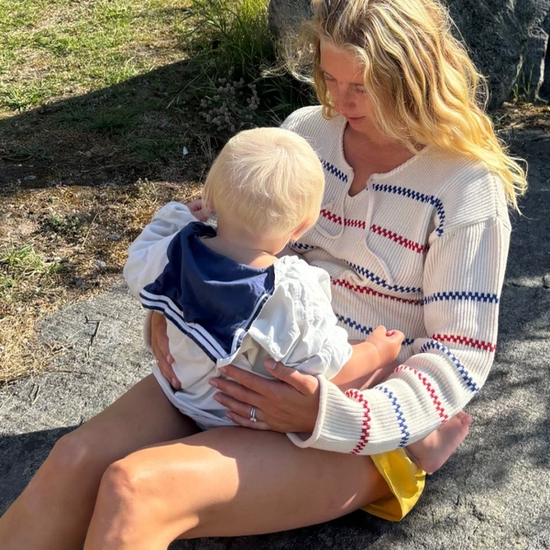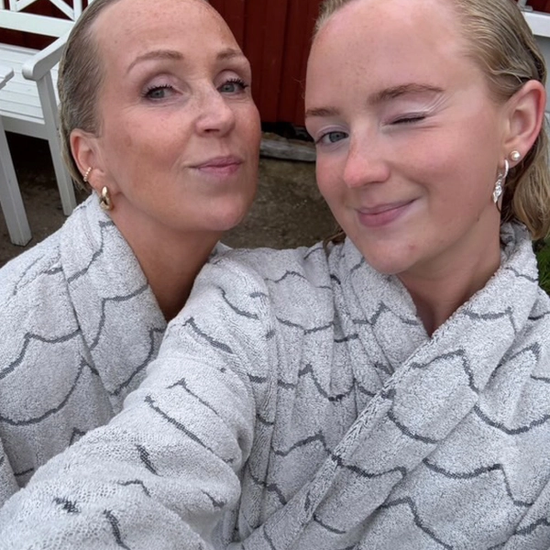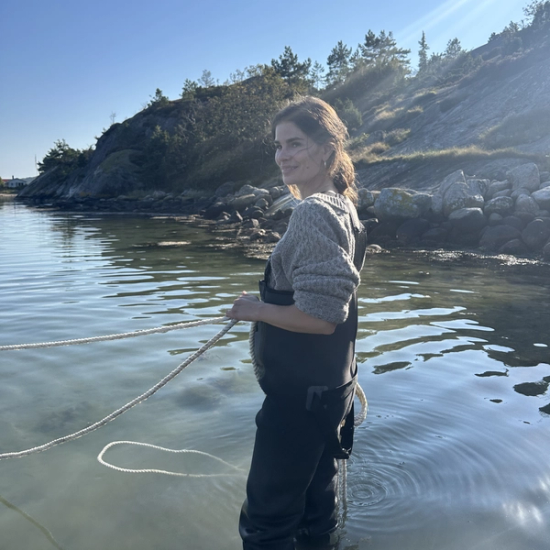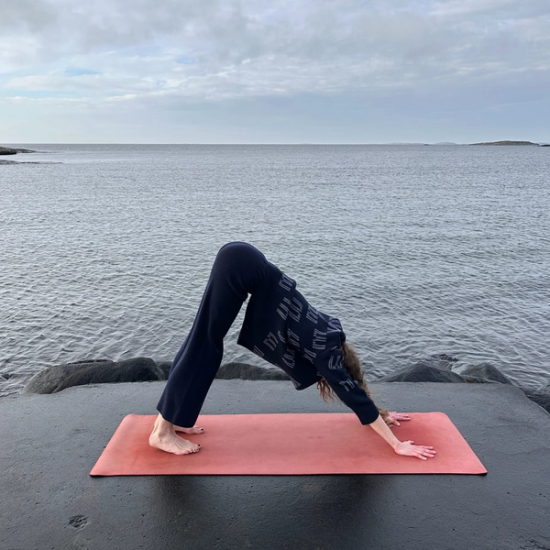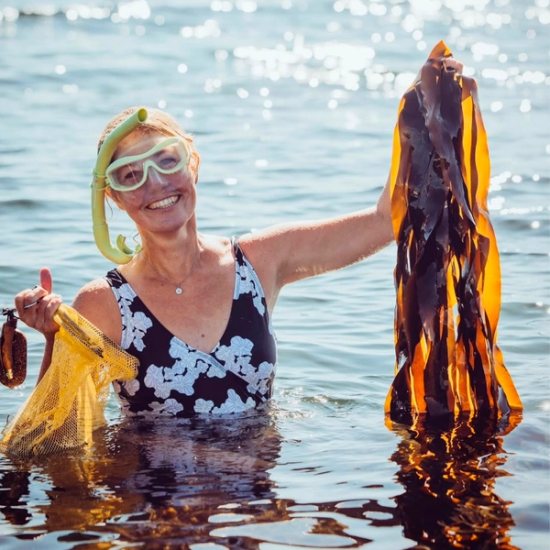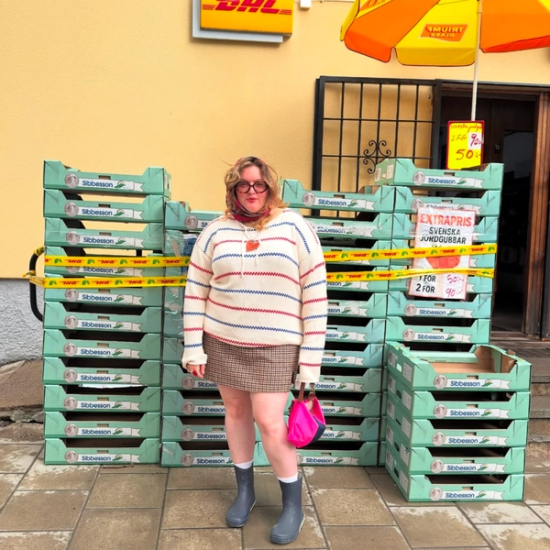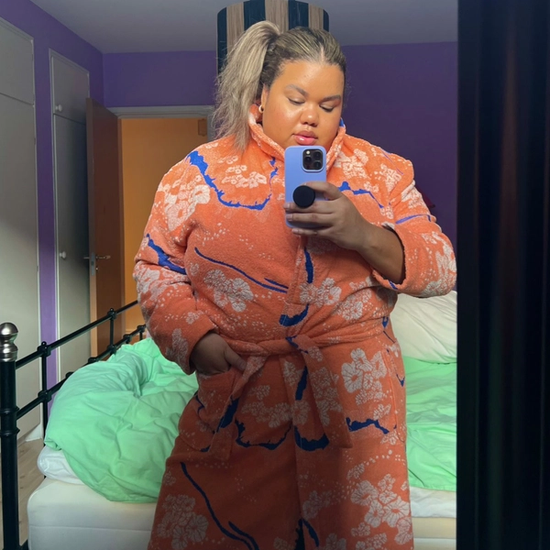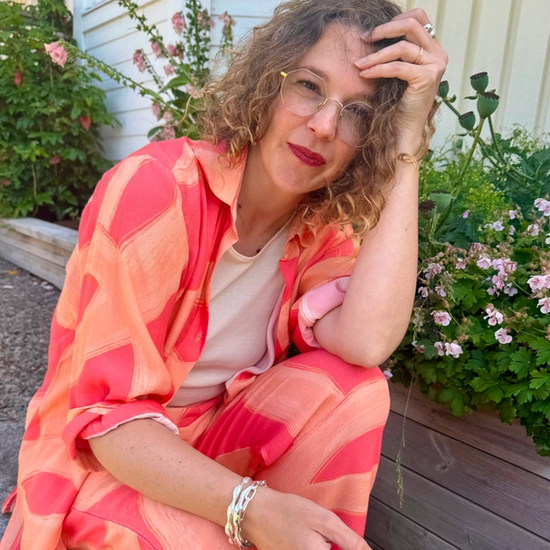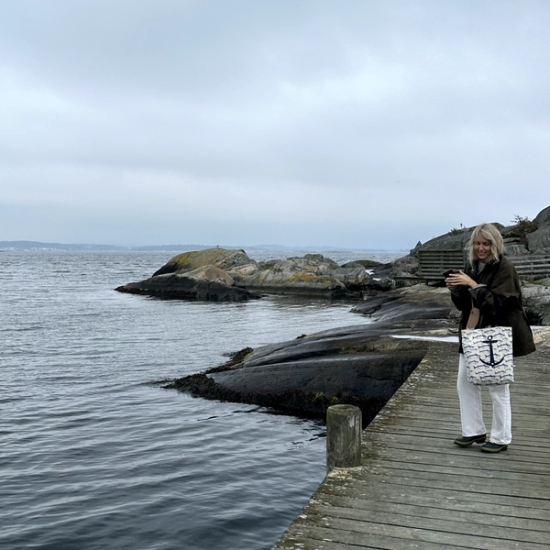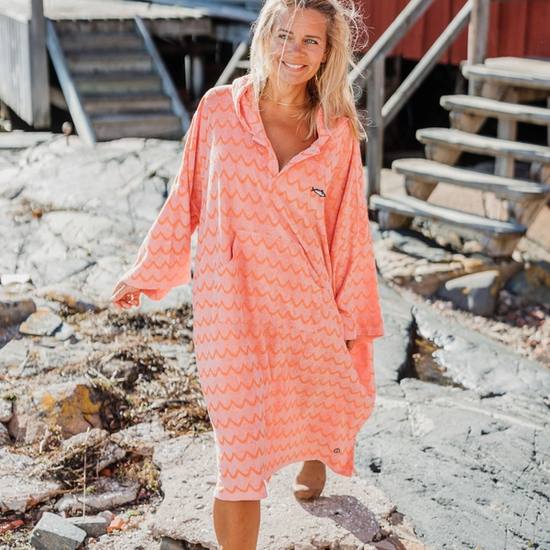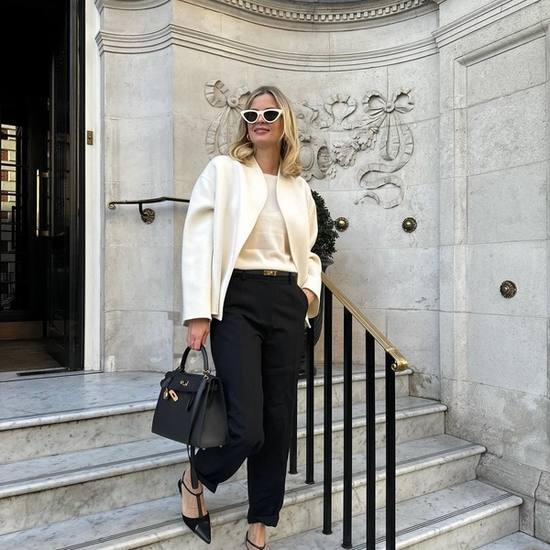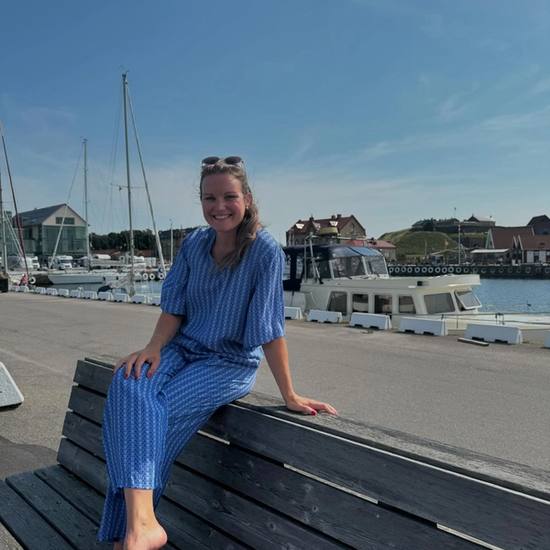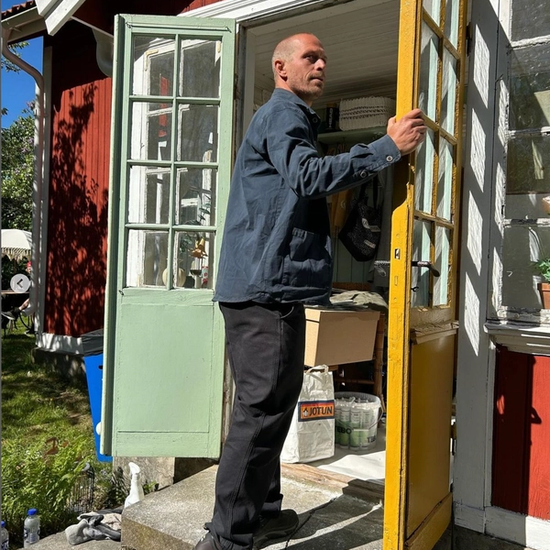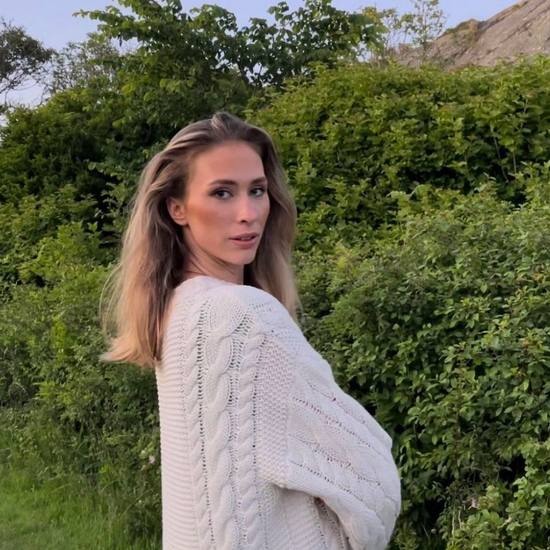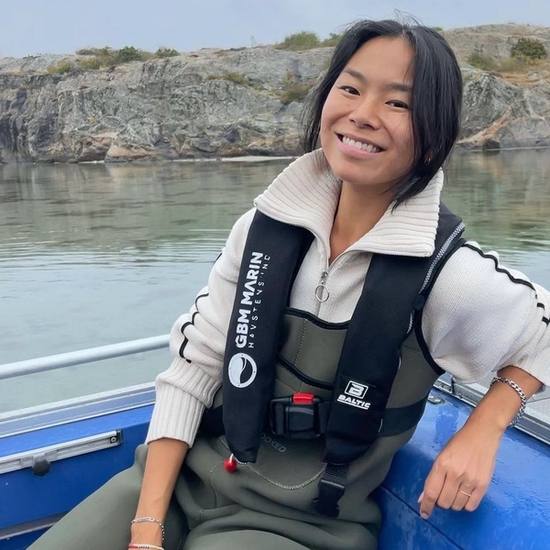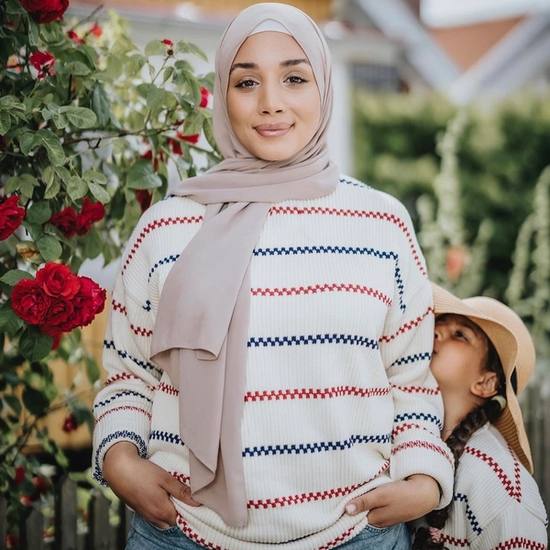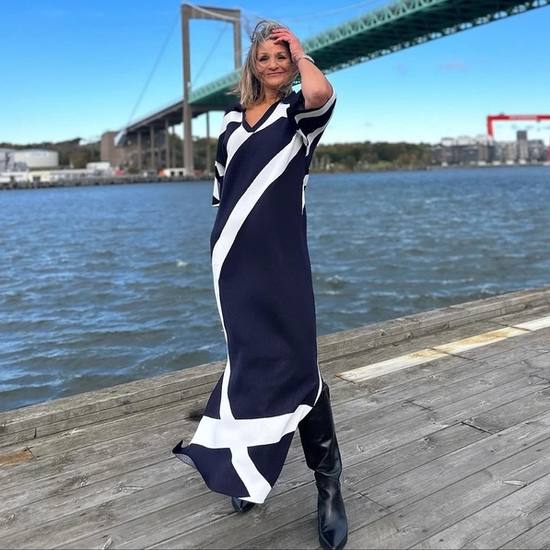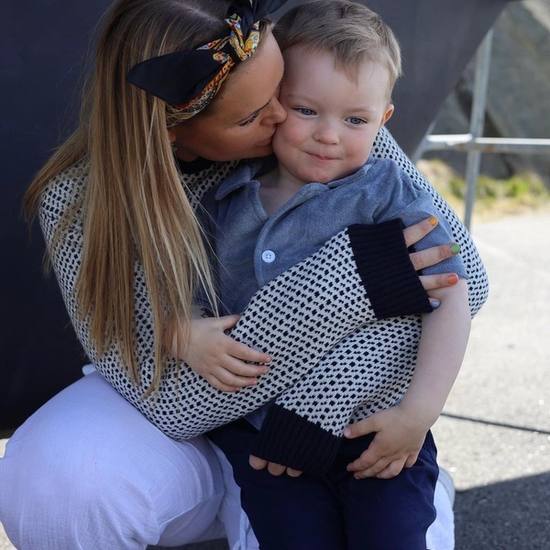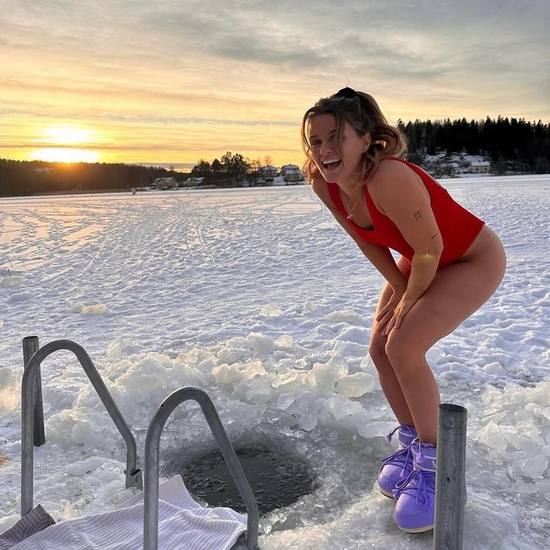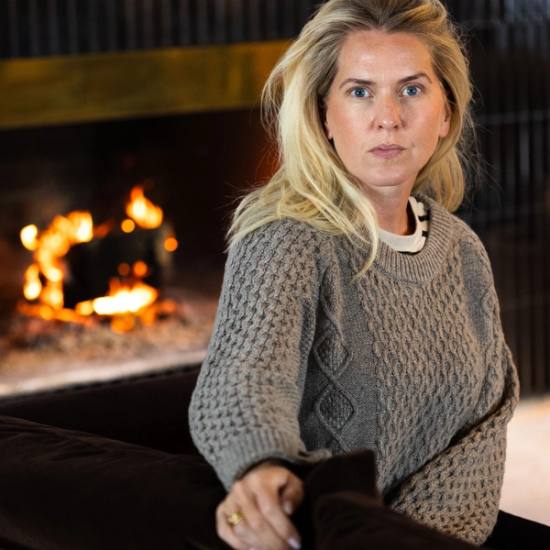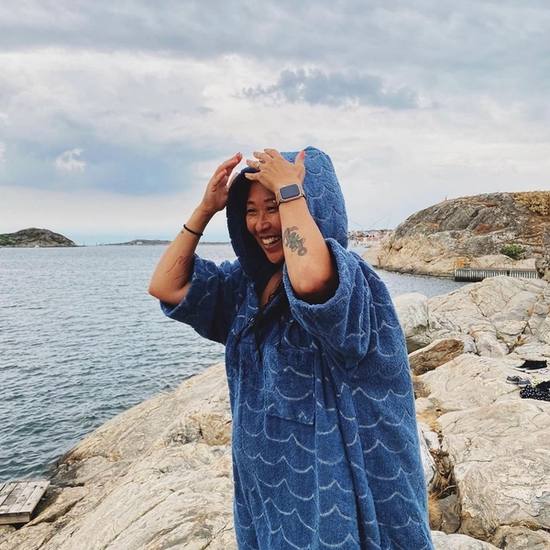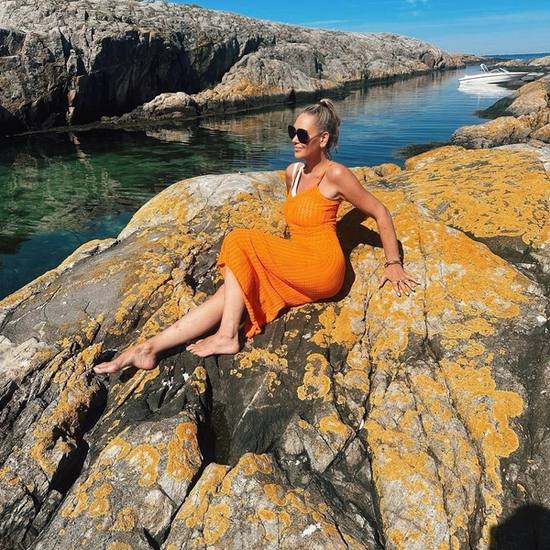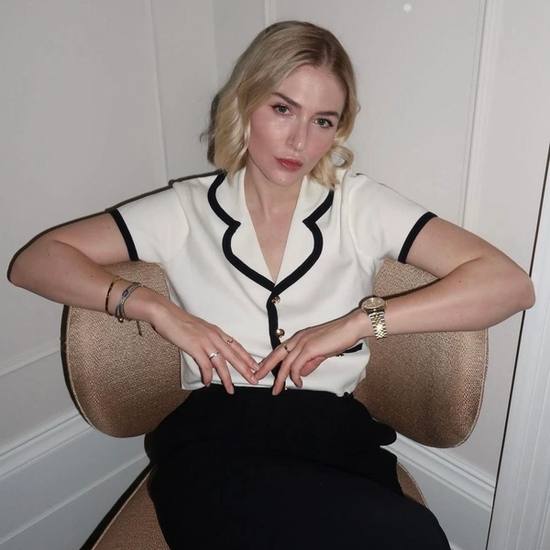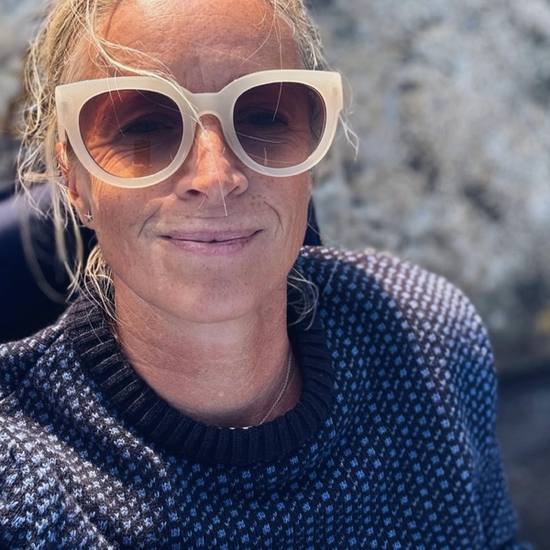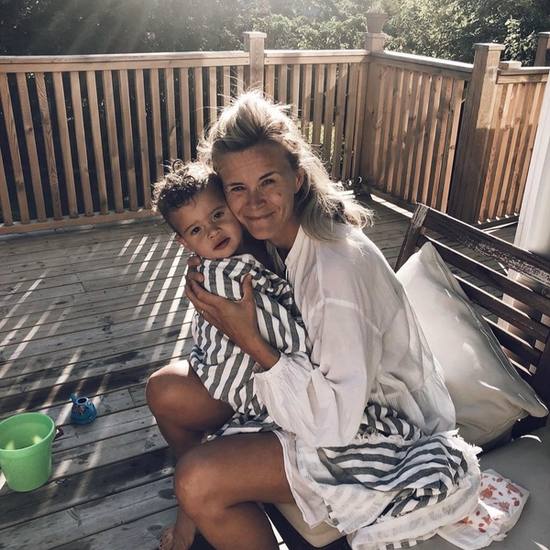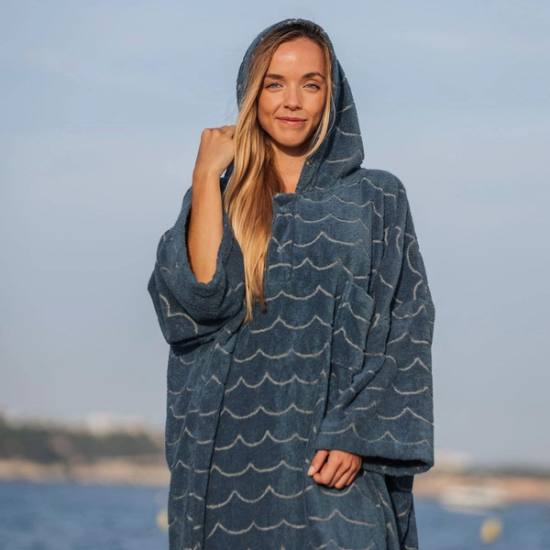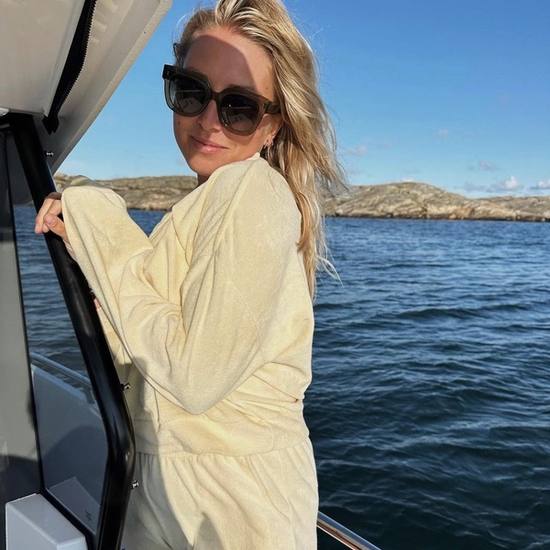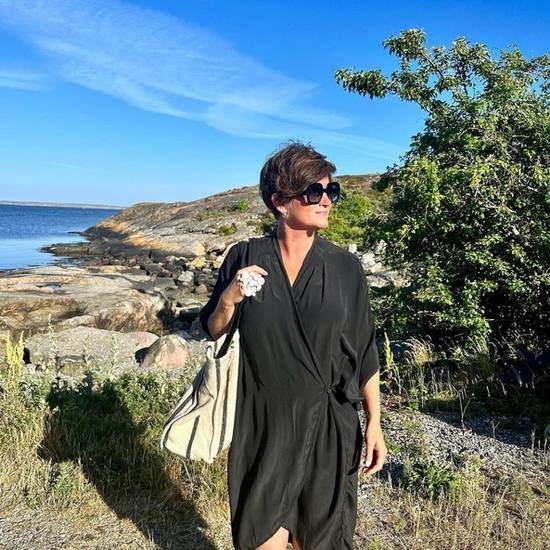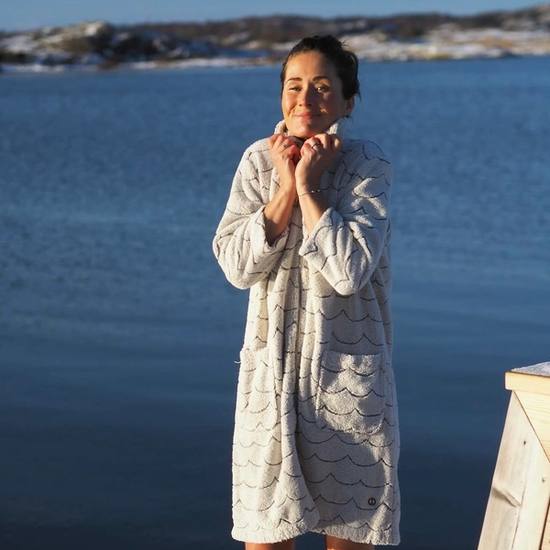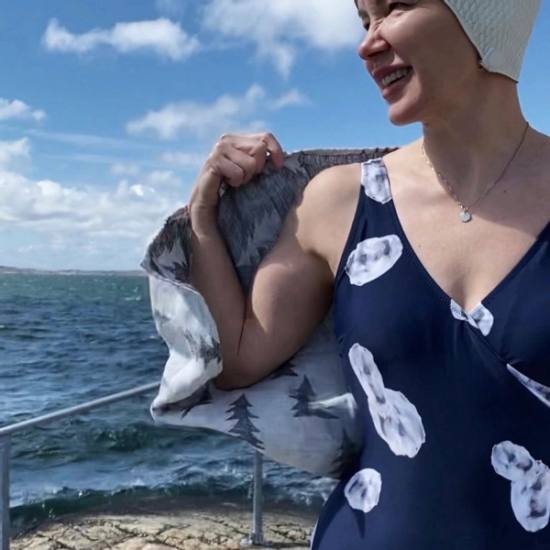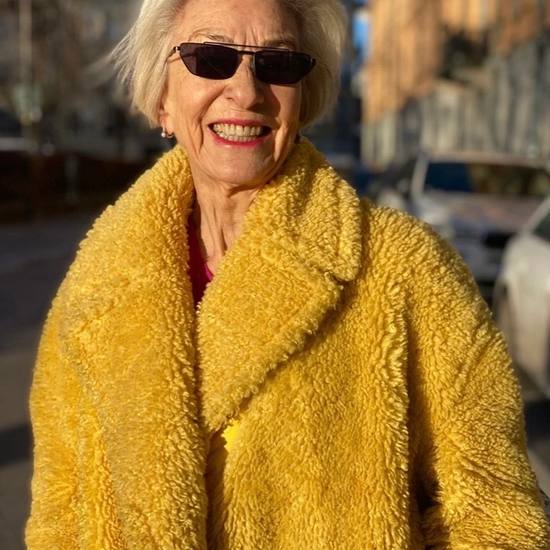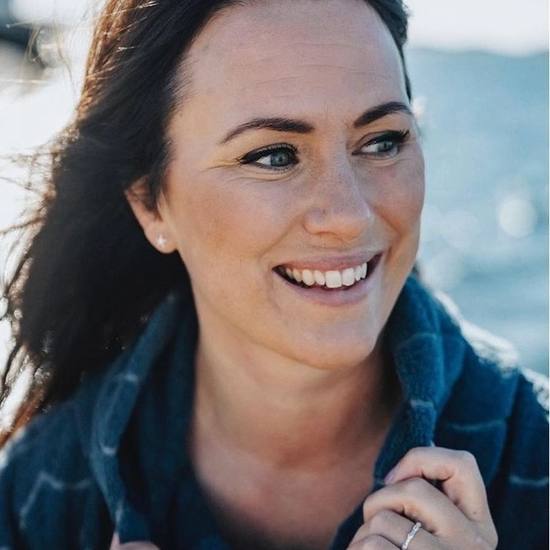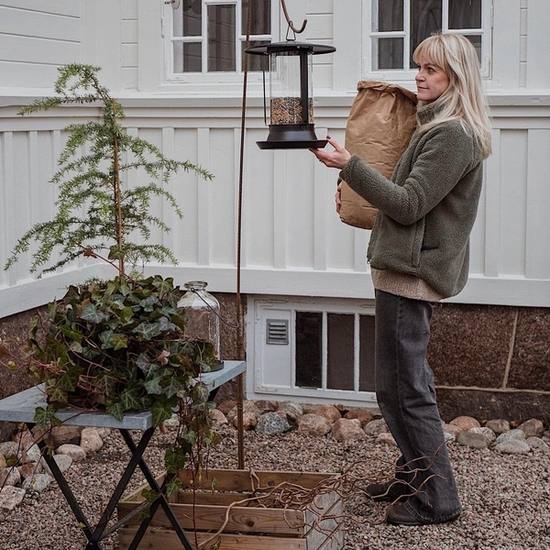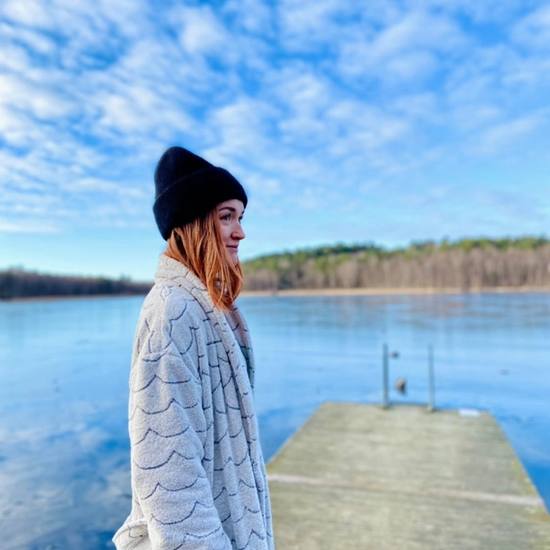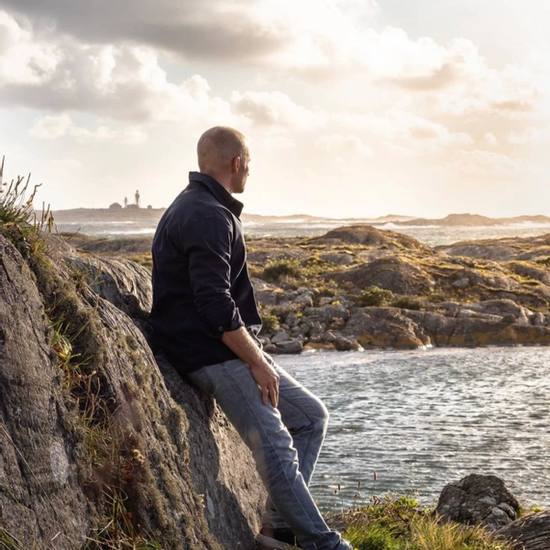Nordic Ecolabelled For Kids
The Nordic Ecolabel is the official sustainability certificate for nordic countries. The certificate includes hundreds of different products and makes them follow requirements regarding everything from chemicals to quality through the whole life cycle - from the choice of material to recycling and waste.
Loading...
1. Why is clothes an environmental problem?
The traditional manufacturing of clothes and other textiles is a big environmental- and health issue around the world because of the massive use of chemicals in the process, from the raw material to the finished garments. Cotton is considered the most sprayed crop in the world. In the cotton fields it's common to use old fashioned and harmfull pesticides and defoliation chemicals.
2. Why should you choose Nordic Ecolabelled clothes?
The Nordic Ecolabel helps the consumer to make an easy and aware choice for the environment. The Nordic Ecolabel ensures that the garment has been manufactured with an environmental impact that is as low as possible throughout the entire production process, from the raw materials til the finished product. It is also a guarantee that an independent, third party has checked that the production and the garment meets strict environmental, health and quality requirements. The requirements are continuously tightened.
3. What requirements does the Nordic Ecolabel have on clothing?
The Nordic Ecolabel takes a holistic approach and places extensive demands on the garment. The requirements for Nordic Ecolabelling textiles cover all stages of production, including fiber production, spinning, weaving, bleaching, dyeing and finishing. Among other things, they will meet these requirements:
- The garment must not contain residues of environmentally or health hazardous chemicals.
- The garment is quality tested to withstand washing, abrasion and light.
- Emissions to air and water from factories are severely limited.
- The Nordic Ecolabel always sets the basic requirement that producers comply with each country's environmental and labor legislation.
- Textiles must meet extensive requirements for the content and emissions of chemical substances, dyes and heavy metals that can be harmful to humans and the environment.
- Several known dyes which are allergenic or seriously harmful to health are not permitted.
- The textiles must not contain flame retardants or antibacterial substances.
- There are also requirements for color fastness and dimensional change, as well as for working conditions during production.
- The Nordic Ecolabel always sets the basic requirement that producers comply with each country's environmental and labor legislation.
4. What is the Nordic Ecolabel?
The Nordic Ecolabel is the official Nordic eco-label established by the Nordic Council of Ministers. The business is run without the influence of the industry or profits. The Nordic Ecolabel's vision is a sustainable society, where future generations have at least as good conditions to meet their needs as we have today. The Nordic Ecolabel sets environmental requirements during the product's entire life cycle, from raw material to waste, but also functional and quality requirements. The products are checked through tests from independent laboratories, certificates and inspection visits.
The label is usually valid for three years, after which the requirements are raised and the company must apply for the label again. In this way, the products become increasingly environmentally adapted and fits in a sustainable society.
Friends who share our passion
We love getting to know new people, individuals who share our passion for the ocean, the coast, quality, craftsmanship, and design. And all the other magical things in life. Here you get to meet some of them, who, just like us, appreciate timeless and stylish design.
